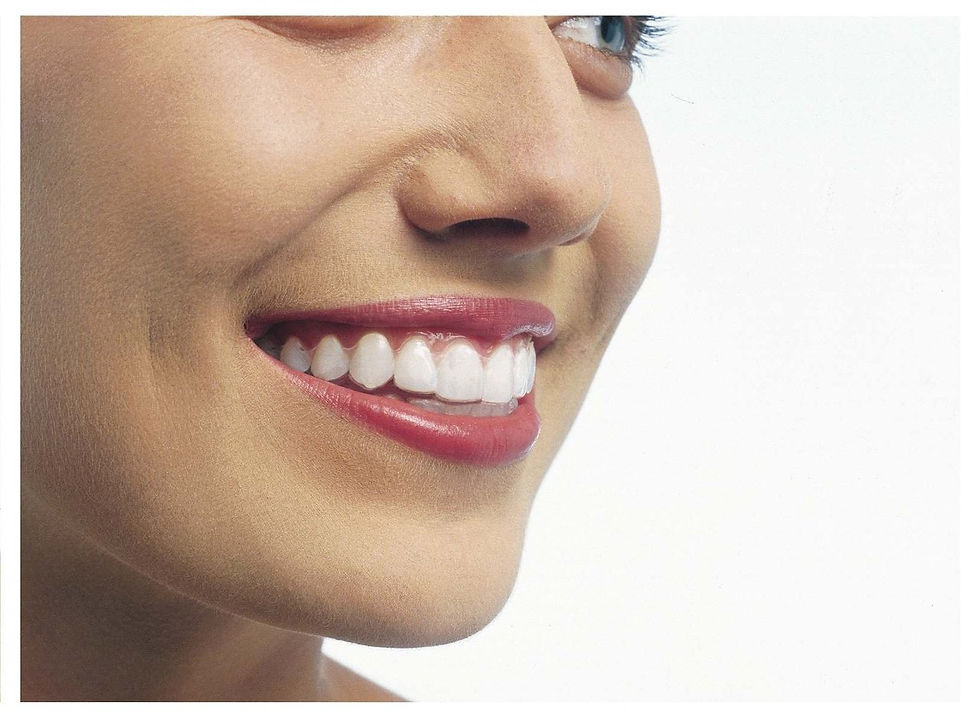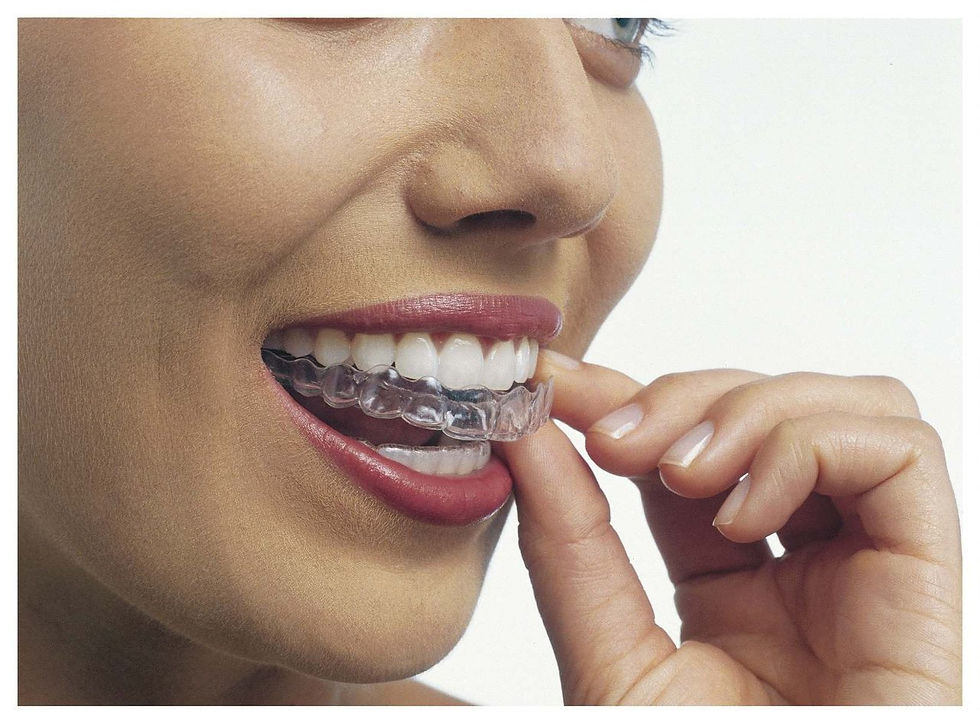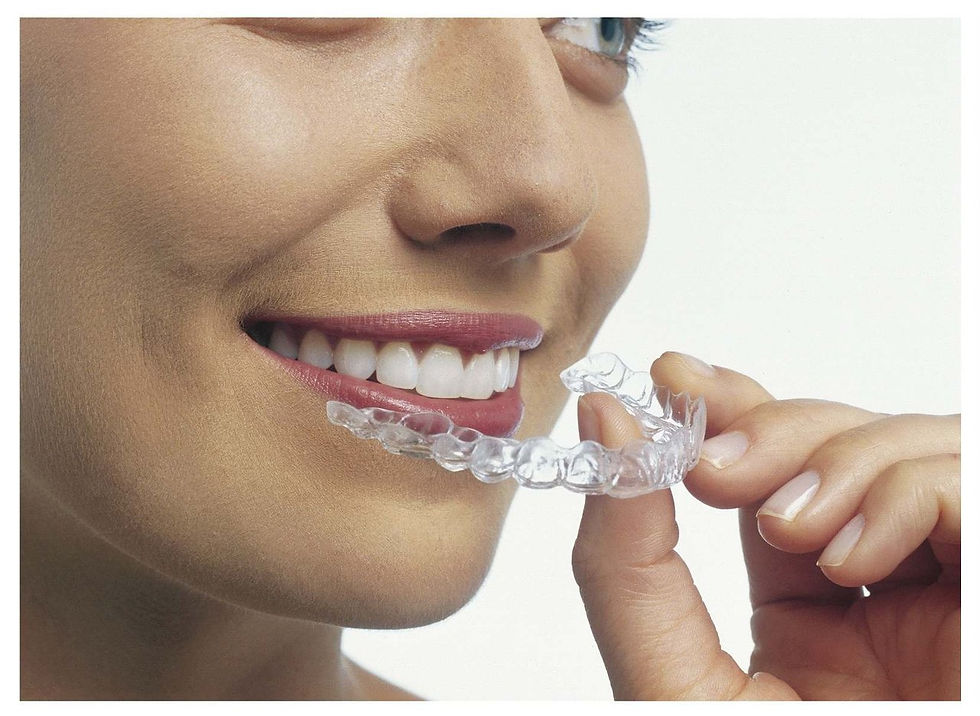San Leandro Family Dentistry
506 Estudillo Avenue / San Leandro CA 94577 / 510.483.1616
Orthodontics
Our office specializes in Orthodontics without braces (ALF) as well as Invisalign and traditional braces.
Orthodontics without Braces
ALF (Advanced Lightwire Functional)
What are the advantages of the ALF?
Cosmetics - barely visible from the outside.
Gentle - far less discomfort than with traditional braces.
Treatment visits only every 6 to 8 weeks.
Stable, if done while child is growing - no need for life-long retention.
What does the AlF accomplish?
Correction of existing cranial strains.
Development of the upper and lower dental arches by expanding them where needed.
Repositions the lower jaw relative to the upper.
Establishes the correct height of occlusion/bite (an over-closed bite creates muscle spasms and other problems).
Retention of the new position allowing the bone and teeth to solidify and fully adapt to the new position.
What is an ALF made of and how does it work?
The ALF appliance is made of a light, highly flexible wire that enhances the Cranio-Sacral-Rhythm (the rhythmical movement of the skull bones and Cerebro-spinal fluid). It works like a cranio-sacral adjustment 24 hours a day, 7 days a week. Thereby it frees up any jammed sutures between the bones (cranial strains) and allows for the realignment using the innate wisdom of the body. ALF is used to align teeth and improve the bite without traditional braces (orthodontic treatment). It addresses alignment of the bones (orthopedic treatment) using principles of cranial osteopathy. It brings about changes in muscle function to achieve stable results. ALF is a whole-body-and-mind approach to improve overall health and performance in every realm.
How long will I have to wear the appliance?
Treatment duration and technique vary between patients according to individual needs. Most of the treatment can be done with ALF appliances, and myo-functional trainers. In general treatment time ranges anywhere from 1-3 year and needs to be worn all the time. They are hardly visible from the outside and therefore interfere very little with appearance. When needed it can be supported by splints (see-through plastic shells) or plastic mini-shells.
How long does it take to get used to?
Generally, it takes about 2 to 3 days to adjust to the appliance. Speech may be affected in the beginning as your tongue gets used to it. Reading out loud to your self will speed up this adjustment period.
How do I take care of my oral hygiene?
Special attention needs to be given to oral hygiene since food will get caught between the wire and your teeth. Brush after each meal and minimize snacks and sweets. You will still be able to floss between most teeth. The use of an oral irrigator is recommended to make home care much easier.
Invisalign
Straight Teeth. No Braces.
Having a confident smile can change everything. And Invisalign makes the decision easy, because you can get a stunning smile without most people even noticing you're going through treatment.
Your Invisalign treatment will consist of a series of aligners that you switch out about every two weeks. Each aligner is individually manufactured with exact calculations to gradually shift your teeth into place. And since your Invisalign system is custom-made for your teeth and your teeth only, with a plan devised by you and your dentist or orthodontist, you know you'll end up with a smile that truly fits.
If you're ready for a smile that transforms your appearance, Invisalign
is your answer. Although there are many choices out there, no other works as effortlessly as the Invisalign system.
Invisalign is the best way to transform your smile without interfering
with your day-to-day life.

Many people think that orthodondics are only for straightening teeth. On the contrary, orthodontics can also be used to realign teeth, correct a persons bite, correct problems with a persons jaw, and even help with breathing issues and certain breathing alergies. There are a number of common teeth problems that could lead to a person needing Orthodontics. Some of these include having a crossbite, overbite, underbite, crowded teeth, or space problems.



Traditional Metal Braces
Traditional metal braces are the most common type of braces and are more comfortable today than ever before. Made of high-grade stainless steel, metal braces straighten your teeth using metal brackets and archwires. With metal braces, you have the option of adding colored elastics (rubber bands) for a more unique and colorful smile.
Self-Ligating Braces
Self-ligating braces are made from the same materials as traditional braces. However, self-ligating braces do not require the use of elastics, meaning fewer appointments and less friction being placed on the tooth. Self-ligating braces come with traditional metal, ceramic, or clear brackets. They are the same size as metal braces, but use a specialized clip in place of elastics to help the archwire guide teeth into place. The clip helps reduce the amount of pressure being placed on the tooth, and requires fewer adjustments because there are no elastics to replace.
